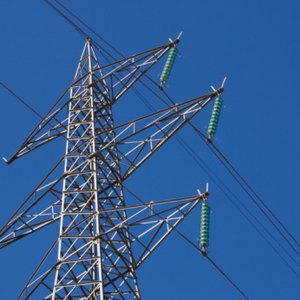
Nodal and zonal markets are primarily used in electric networks. Whereas zonal markets are classified as areas where congestion is frequent, nodal markets are found in less-congested areas. Nodal markets are viewed as superior to zonal markets because they have the ability to reduce costs associated with congestion in heavily populated areas.
Congestion Control
Whereas zonal markets are known to be heavily congested, nodal markets do not have such clutter. Zonal areas clutch several communities together to form one portfolio. This portfolio is used to determine the amount of usage in a given zone. Areas with high amounts of congestion are those that use a lot of electricity while zones with low rates use small amounts of energy. Nodal markets exhibit more congestion control than zones because nodes measure electricity usage per community instead of by region.
Limitations and Benefits
Zonal markets are considered limited for a number of reasons. In addition to grouping resources by portfolio instead of individually, zones are not transparent in pricing. This means that a customer may be charged large amounts of money without receiving an explanation of what the funding is used for or how it may be beneficial for the community. In contrast, nodal markets provide a better pricing system that strives for complete transparency.
Cost Differences
Because portfolios are grouped, all customers within a particular zone pay a set price regardless of use. This means that residents of predominately industrious zones are forced to pay higher electrical bills even though the majority of energy used is from commercial businesses. In a nodal market, however, communities are priced individually, which means that a residential community will not have to pay additional fees for companies that use large amounts of electricity. Nodal markets essentially offer lower rates than zonal markets because they do not group several neighborhoods together when analyzing usage.
Wholesale Market Prices
Transitioning from a zonal to nodal market affects wholesale prices. In a zonal market, generators are placed in areas without thorough analysis. While this may save the supplier money, such tactics may cost the consumer more in usage fees. To reduce consumer costs, individuals operating under nodal markets conduct a complete analysis of an area before installing a generator. The central idea is to prevent congestion and reduce customer costs. Although initial costs associated with purchasing and installing new generators are higher, wholesale market prices in nodal markets are set to decrease over time.
References
Writer Bio
Sarie Robertson has been writing professionally since 2006. She writes for various online publications and is an expert in discussing English, British and Greek literature as well as U.S. and Chinese politics. Robertson holds a Bachelor of Arts in English from Loyola Marymount University.

